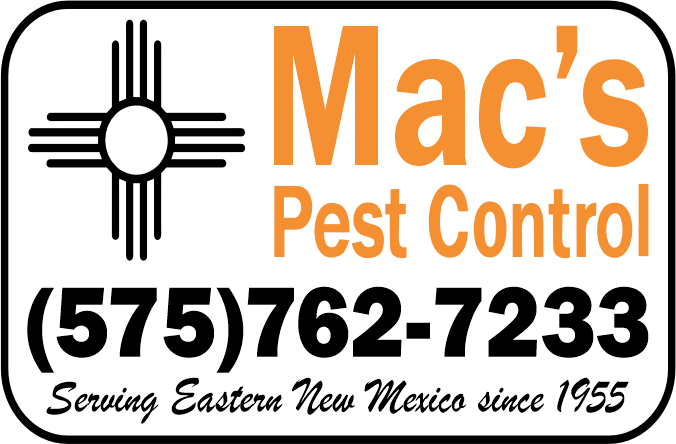Fly Control: Tips and Strategies to Manage Fly Infestations
Flies are common insects known for their nuisance and potential to spread diseases. Effective fly control involves understanding their behavior, identifying breeding sites, and implementing preventive measures to keep them away from your living spaces.
-
 Appearance
Appearance Flies typically have a pair of wings, large compound eyes, and mouthparts designed for sponging or lapping. They come in various sizes, colors, and species, each with slightly different characteristics.
-
 Behavior
Behavior Flies are attracted to various odors and substances, including food, garbage, and decaying matter. They can quickly reproduce and infest areas where sanitation is poor, making them challenging to control.
-
 Diet
Diet Flies feed on a wide range of organic matter, including decaying food, animal feces, and garbage. Their feeding habits make them potential carriers of disease-causing bacteria and other pathogens.
-
 Habitat
Habitat Flies are often found near human habitation, particularly in kitchens, garbage areas, and places with food remnants. Identifying and eliminating their breeding sites is crucial for effective fly control.
Prevention
To prevent fly infestations, maintain cleanliness and proper sanitation in and around your home. Seal trash cans, promptly clean up spills and food remnants, and install screens on windows and doors.
Treatment
Fly control treatments include using fly swatters, fly traps, insecticides, and light traps. Regular cleaning and maintenance play a significant role in reducing fly populations.
This article provides vital insights into fly behavior and effective strategies for fly control. By maintaining a clean environment and implementing preventive measures, you can minimize the presence of flies and the associated health risks.
Steps to Help you with Flies
-
Inspect
-
Protect
-
Exterminate
-
Maintain
Get Started Today! Call us at 575.762.7233 or




